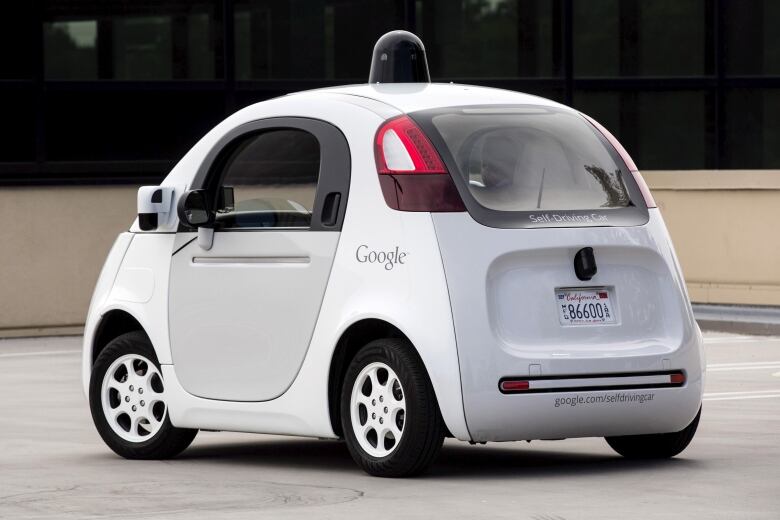California startup developing self-driving semis for highways
San Francisco-based Otto aiming to increase trucking productivity

A self-driving semi could be making its way to Saskatchewan highways in the foreseeable future, if all goes according to plan for a California-based startup.
Lior Ron and a few of his colleagues from Google have formed a company called Otto that's aiming to bring self-driving semis to the market.
- Google's sticky hood patent for self-driving car is not as crazy as you think
- Driverless cars: How will they impact Toronto in 2020?
The San Francisco-based group wanted to expand driverless car technology to the trucking industry, in the hopes of making the highways a safer place.
"We just thought we can make those trucks much safer, much more efficient and provide much more livelihood for those truck drivers," Ron said in an interview on CBC Radio's The Morning Edition.
Sensor-based technology
The self-driving technology that Ron and his colleagues are developing works using a combination of sensors, cameras lasers and radar to monitor the road and the truck.
Together, the kit drives the truck, allowing it to speed up, slow down or move over depending on road conditions.
During this time, Ron said the truck driver "is still in the back seat or even sleeping at the cabin while the truck is basically driving for him."
Ron said the technology could help reduce the danger of sleepy drivers, while also increasing the productivity of vehicles on the highway.
They're all connected and they're all learning from each other.- Lior Ron, Otto
"It never gets tired, it never gets distracted," he said. "They can now drive a full day 24/7, make more than twice the livelihood and of course complete the job twice as fast and come back to their families."
As for responding to emergencies on the road, Ron said the trucks are trained how to react in numerous situations, and that knowledge is then shared with the whole fleet.
"They're all connected and they're all learning from each other," he said.
If there are ever unfamiliar scenarios, that's when the driver can take over.
"If we can't cope with an issue we'll gently and slowly pull aside and ask the truck driver to resume control and be able to drive through the more delicate situation," Ron said.

Testing underway
Right now the trucks are already being tested on highways in California.
While Ron couldn't give an exact timeline for when people could expect the technology to roll out, he said it isn't far off.
"We want to take the right safety precautions, right safety steps and bring the technology as soon as we can."
With files from CBC Radio's The Morning Edition